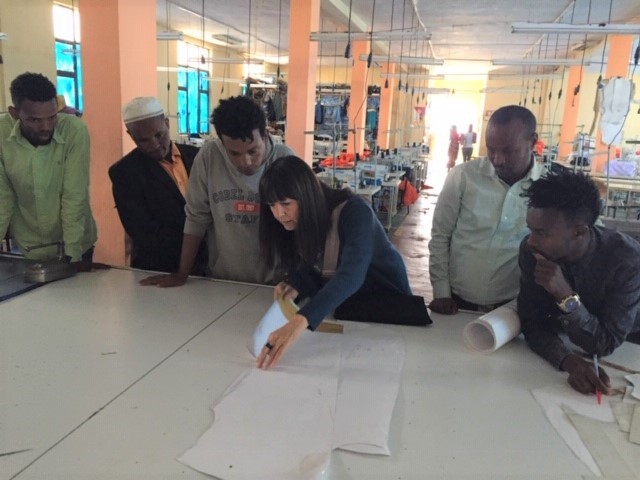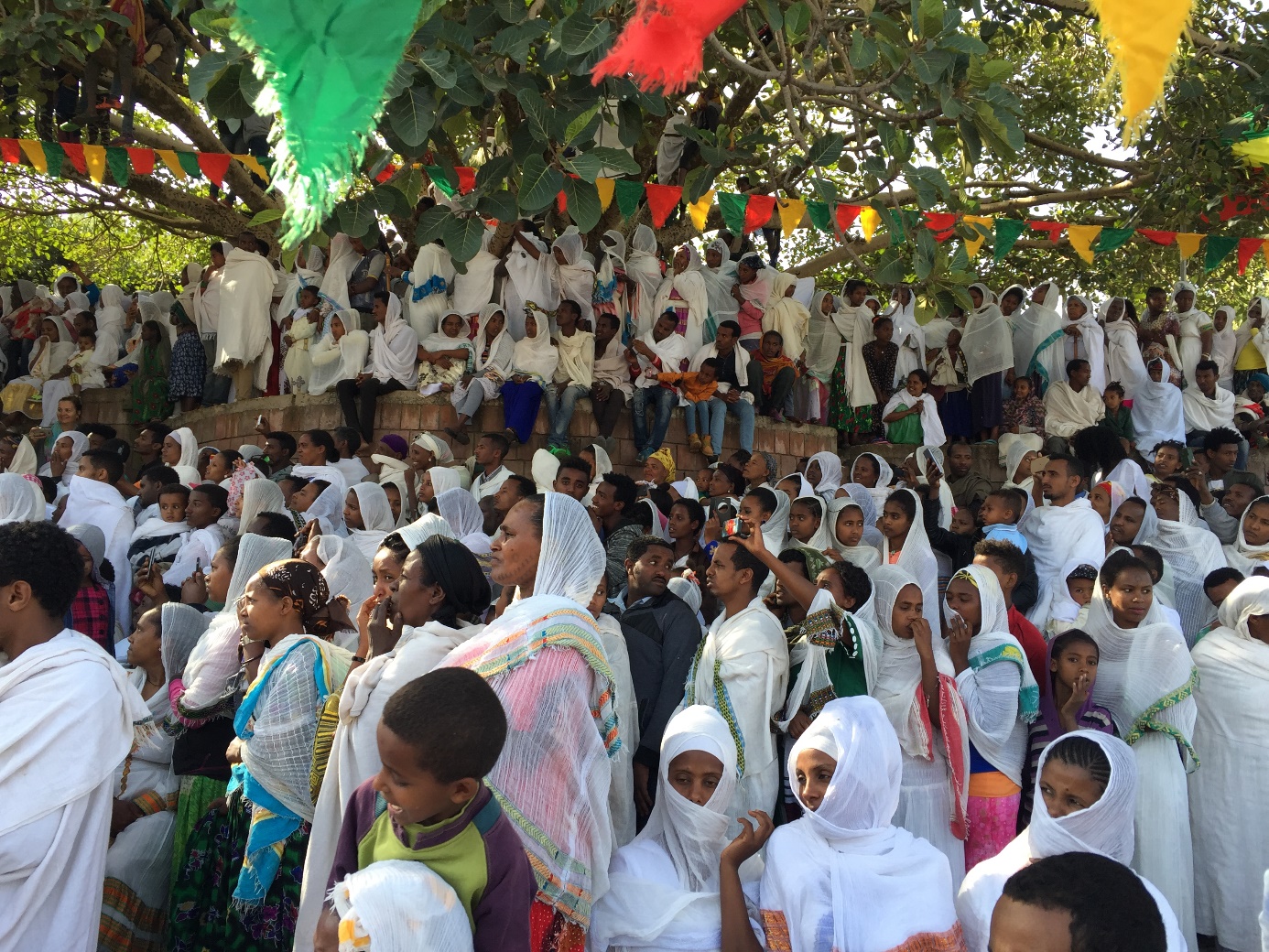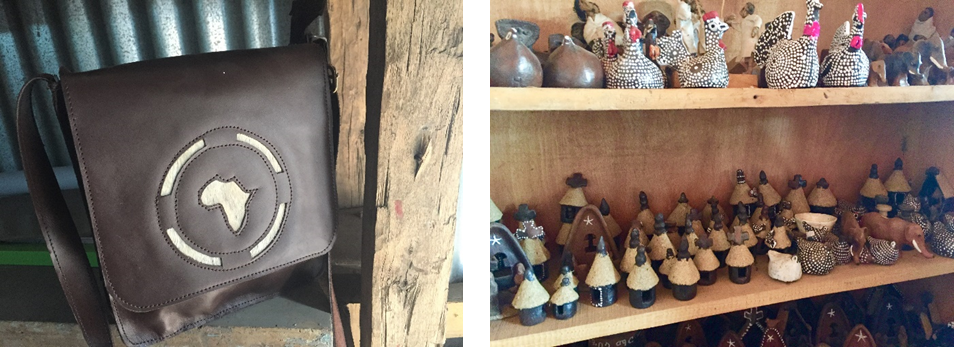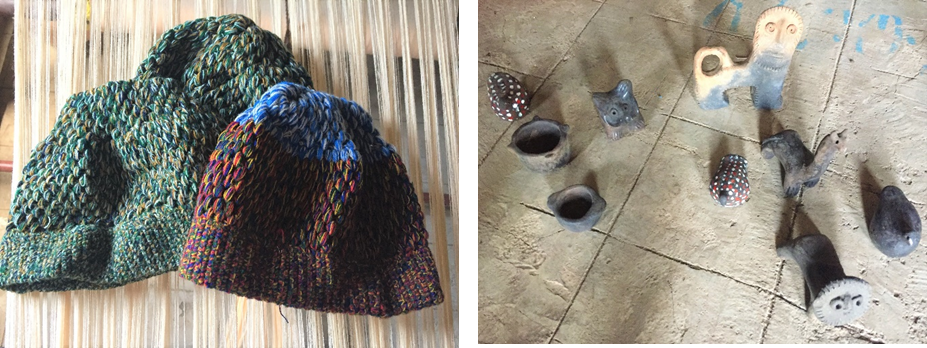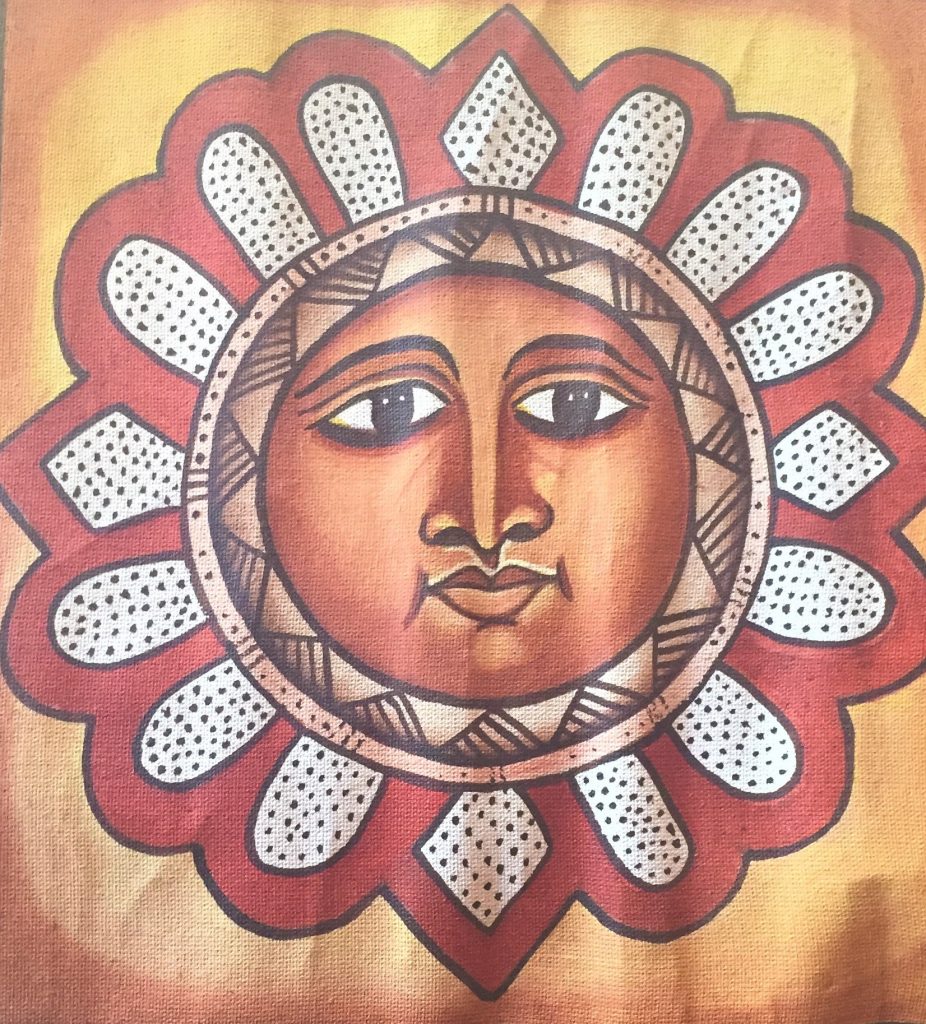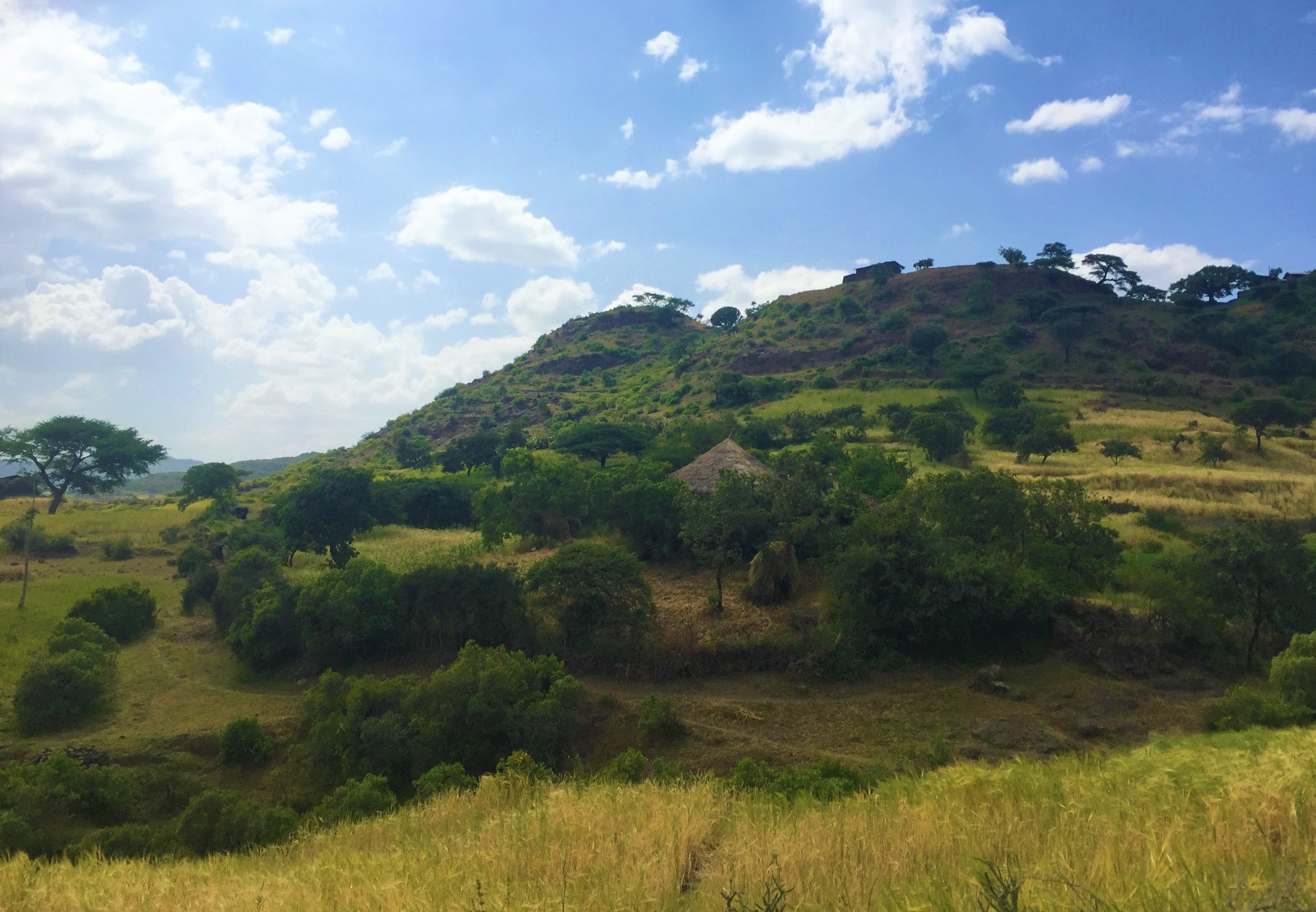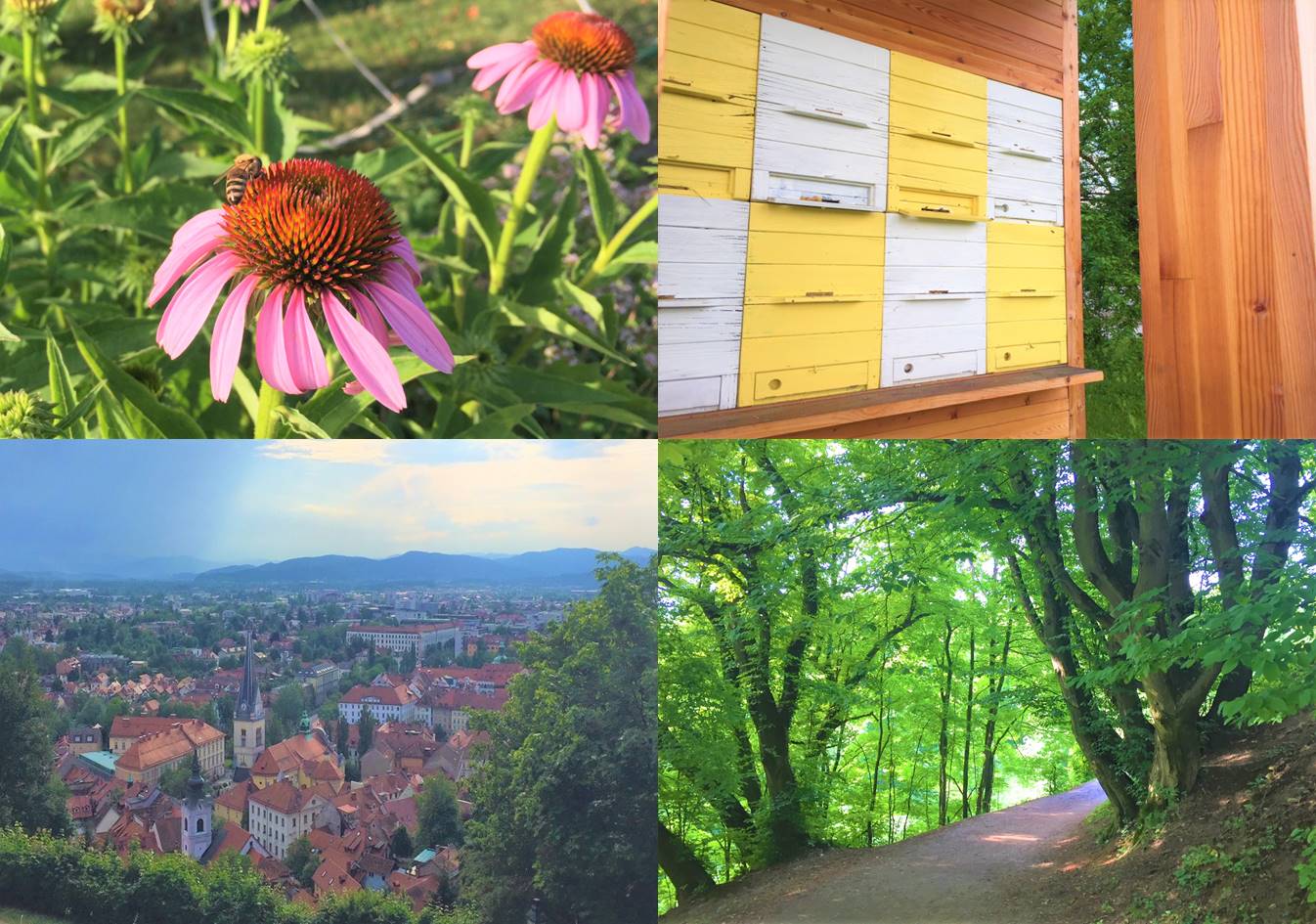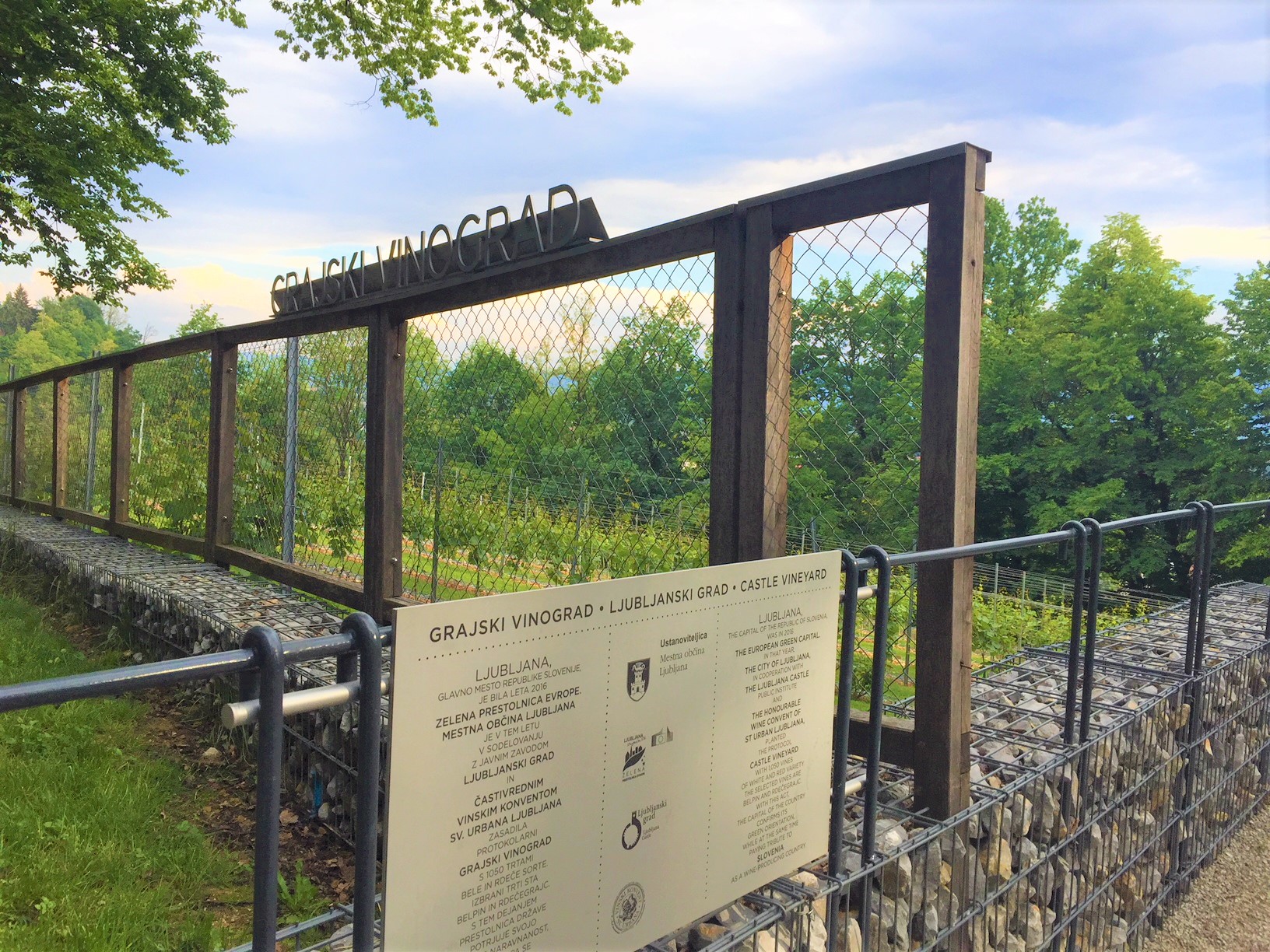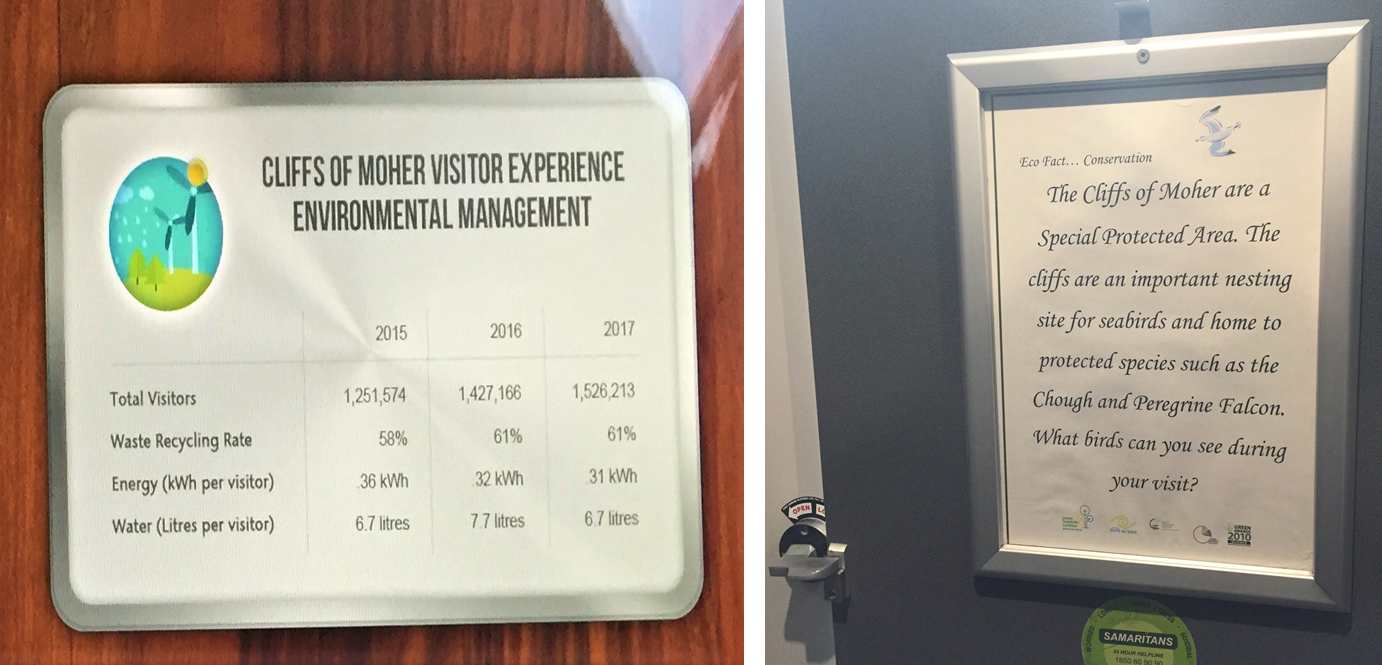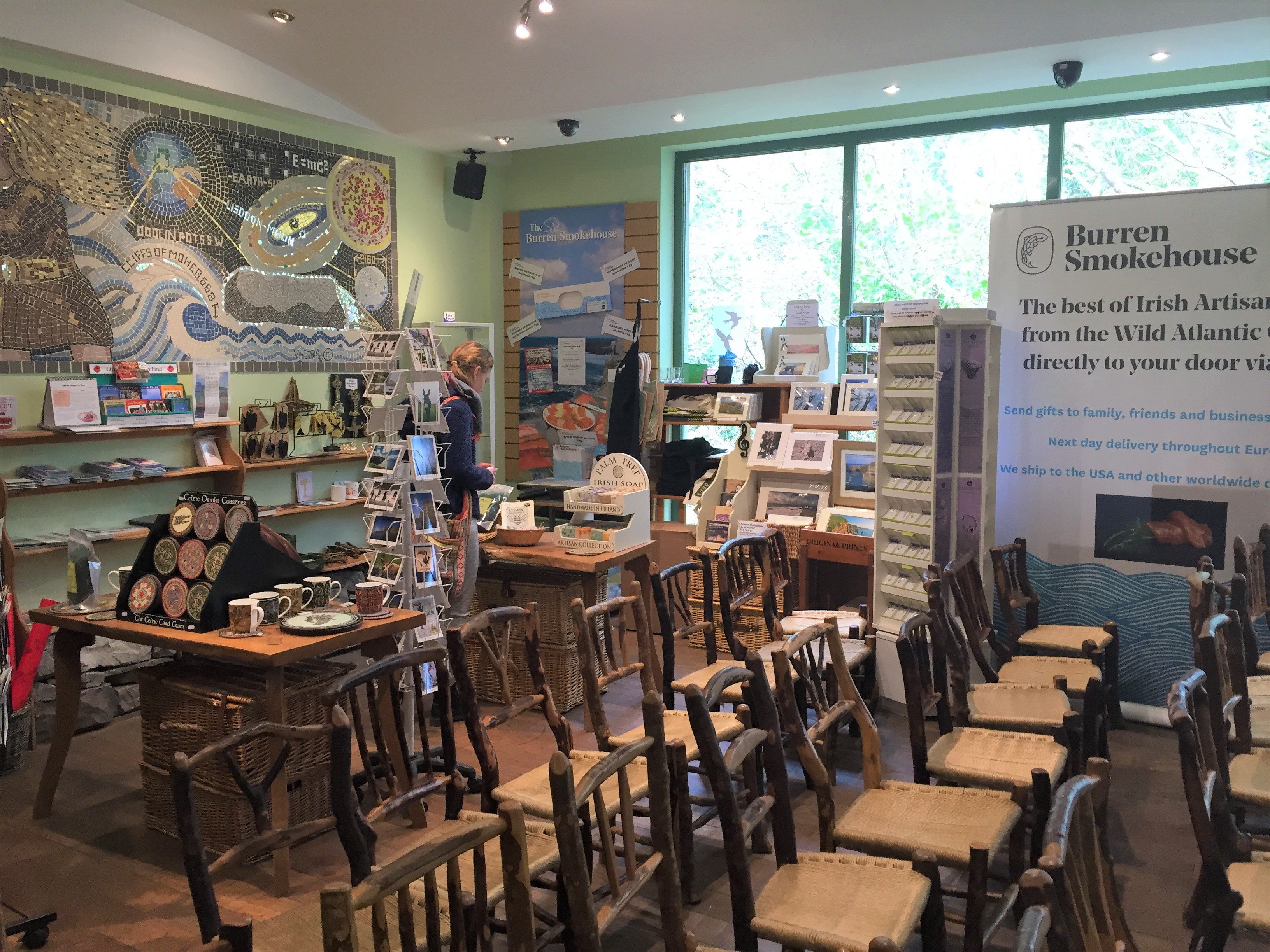Teden dni potepanja med mogočnimi planinami, prijetnimi starimi mesti in veličastnimi svetišči.

Karanfili; fotografija: Igor Stojović
Nacionalni park Prokletije / Bjeshkët e Nemuna se razprostira čez tri države: Črno goro, Kosovo in Albanijo. Gre za manj poznano gorsko destinacijo, ki je ohranila svojo prvinskost zlasti zato, ker se nahaja na nekoč strogo varovani meji med nekdanjo Jugoslavijo in Albanijo.
V obeh jezikih govorimo o t.i. “prekletih” planinah. Zakaj? O tem kroži več legend. Meni se je najbolj vtisnila tista o treh sinovih, ki so se zaljubili v prečudovito vilo. V bitki za njeno naklonjenost so vsak na svoj način dočakali svoj žalostni konec. Njihova mati, ki je izvedela za usodno vilo, jo je poiskala in preklela njeno lepoto.
Lepota je vseeno ostala v pokrajini, ki jo razkrivajo nekoliko surove gore, prostrane livade s katuni, kjer poleti domačini prebivajo s svojimi čredami, navdihujoča jezera, kot tudi neverjetno prijazni in skromni ljudje.

Plavsko jezero; fotografija: Tadeja Leskovšek
Med jezeri velja posebej omeniti Plavsko jezero, priljubljeno med plavalci. Gre za največje črnogorsko ledeniško jezero, ki je obenem tudi pretočno, saj se v njem voda v celoti zamenja v štirih dneh. Priljubljeno je tudi za ribolov – že več let zapored v začetku julija tu poteka evropsko prvenstvo v muharjenju. Okopati se je tu mogoče zlasti v poletnih mesecih. Hridsko jezero, na drugi strani, pa kiti legenda, da kopanje v njem prinaša večno lepoto.

Plavsko jezero; fotografija: Arben Lila
Na tem majhnem čezmejnem prostoru sobivajo pravoslavni, katoliški kristjani in muslimani. V Juniku na Kosovu nas tako prijazni skrbniki popeljejo po prelepi Sufijski mošeji Alijjei – Halvetije Xhaferije, kjer je mogoče tudi prenočiti. Nedaleč stran pa lahko občudujemo veličasten samostan Visoki Dečani, največjo UNESCO-vo kulturno dediščino človeštva na tem koncu sveta. V bližini samostana smo se ustavili še pri naravnem izviru mineralne vode.

Samostan Visoki Dečani
Večina obiskovalcev pri tem spregleda očarljivo mesto Deçan / Dečani , kjer je mogoče v okoliških vaseh Insiq, Junik in Drenoc spoznati arhitekturno posebnost teh krajev: kulo. Več lepo prenovljenih kul pripoveduje zgodbo o tem, kako so po tradiciji v pritličju bivale živali, v prvem nadstropju ženske z otroki, v gornjem nadstropju pa so modrovali moški člani skupnosti. Kule so dandanes preurejene v prijetne penzione in hostle, v katerih vam postrežejo z lokalnimi dobrotami, zlasti sirom, medom in rakijo.

Kulla v vasi Drenoc, Kosovo; fotografija: Tadeja Leskovšek
Prav posebno pozornost pa zasluži Kula Redžepagića v Plavu v Črni gori, ki je kulturni spomenik in velja za eno najbolj fotografiranih zgodovinskih zgradb v državi.

Kula Redžepagića v Plavu, fotografija: Igor Stojović
Nekajdnevno raziskovanje v okolici Plava je lepo obogatiti tudi z obiskom Gusinj in Rožaj. Oba kraja sta iztočnica za kulinarično razvajanje in pohodniške podvige. Zlasti planina Hajla slovi po cvetočih livadah.
Spet na drugi strani meje nas Gjakova / Gjakovë preseneti s svojim živahnim, ustvarjalnim vzdušjem. Staro mestno jedro je posejano s privlačnimi kavarnami, vinskimi kletmi in restavracijami. Poletne večere že nekaj let bogati festival stand-up komedije. Tudi sicer so domačini poznani kot največji duhoviteži na Kosovu. Vzdušje v Prizrenu prav tako ne razočara. Prizrenski mednarodni festival dokumentarnega in kratkega filma “DokuFest” je postal prava uspešnica.
Teden dni potepanja po Nacionalnem parku Prokletije / Bjeshkët e Nemuna in njegovi slikoviti okolici je vsekakor ostane v spominu kot nepozabna izkušnja v pristnem stiku z domačini in veličastni naravi.

Sufijska mošeja v Juniku; fotografija: Tadeja Leskovšek


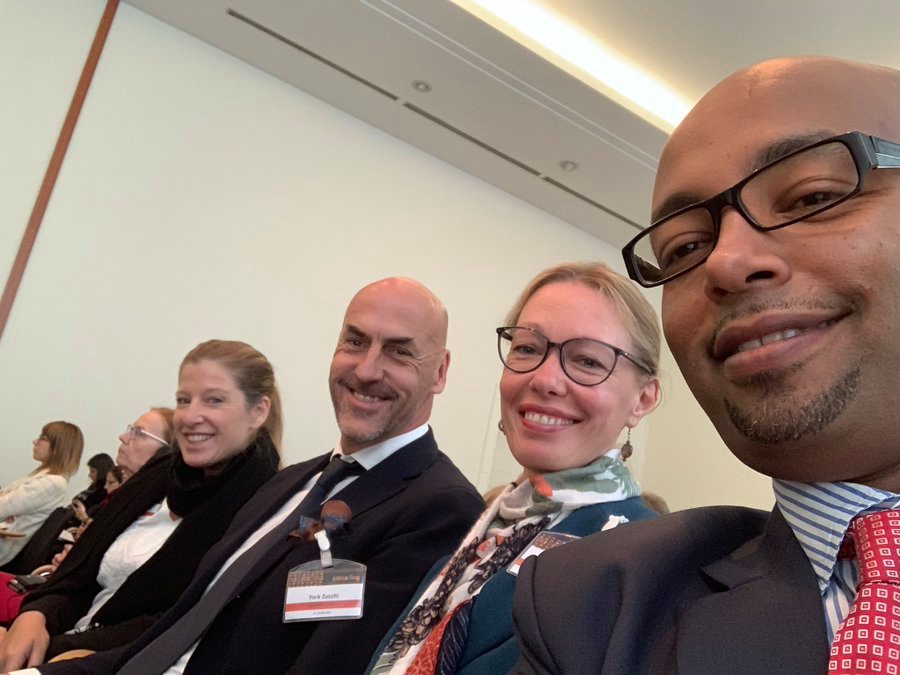 Foto: Henok Assefa
Foto: Henok Assefa



